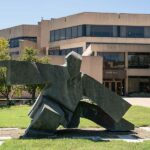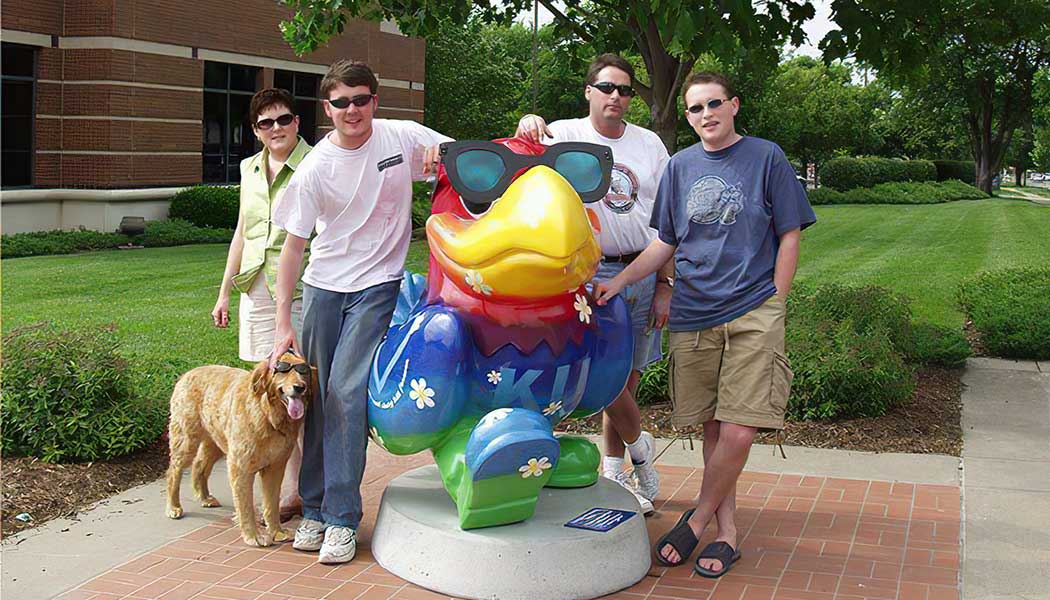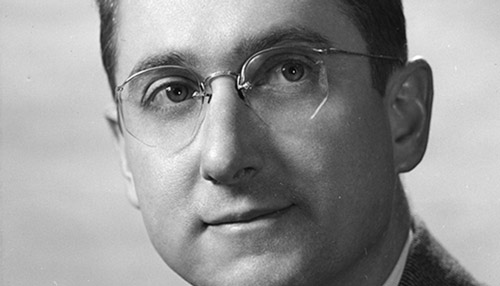Cancer center’s BIG news
Massive proton therapy machine will soon offer precision treatments

When the KU Cancer Center’s proton therapy gantry and cyclotron finally arrived at The University of Kansas Health System’s Proton Therapy Center, much was made of the machine’s sheer magnitude, on par with a 747 airliner, requiring a massive flatbed trailer and even a police escort all the way from its arrival at Port Houston, in Texas, to 39th and Rainbow in Kansas City.
But for Dr. Ronald Chen, the truly awe-inspiring aspect of the April arrival was—as with the equipment’s reason for being—all about precision.
“That really big piece of machinery had to drop through a hole in the roof to be able to get through, and I believe each side of that space had about a 1-inch margin of error,” says Chen, c’00, an internationally renowned radiation oncologist whom KU hired away from Harvard University as the Joe and Jean Brandmeyer Endowed Chair of radiation oncology. “We had to be incredibly steady to successfully drop in a huge, 125-ton machine, and, as you can imagine, it takes a whole team of people to make that happen.”
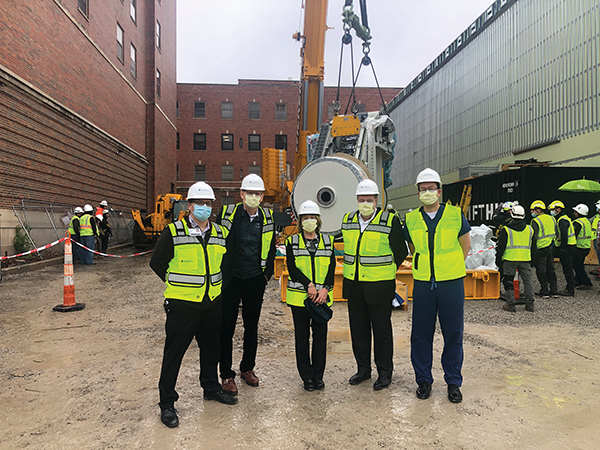
When the $60 million Proton Therapy Center comes online early next year, it will offer patients suffering with certain forms of cancer—including brain tumors, prostate cancers, and head and neck cancers—a precision treatment unavailable elsewhere in the region.
Unlike conventional radiation, a proton beam can be targeted and focused to a specific depth and placement, minimizing or even eliminating damage to healthy and vital tissues and organs. Unfortunately, eligible patients from Kansas and across the Kansas City metro area seeking such treatment have been forced to travel to such sites as the Mayo Clinic in Minnesota or MD Anderson at the University of Texas.
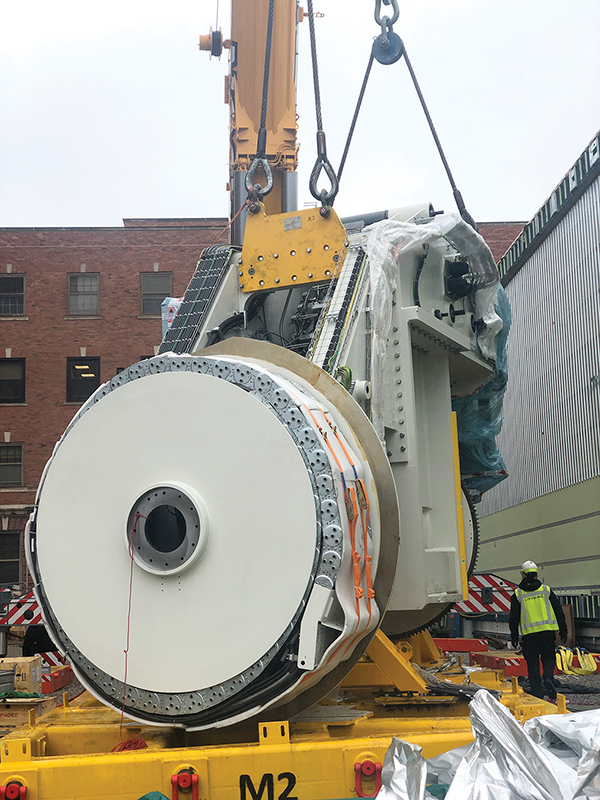
“Proton therapy is a daily treatment that happens for six to eight weeks,” Chen says, “so for somebody to be put on therapy, they would have to go to some other state and basically move there for two months, and not work, just to be able to receive that daily treatment. For the majority of patients the decision is, ‘I have the resources to do that but I have to quit my job,’ or, ‘I don’t have the resources to quit my job for two months and get the treatment, so I’ll compromise and get the lesser treatment for my cancer.’ That’s an incredibly difficult situation for many patients, so being able to offer that right here is really huge for our population in this area.”
The KU Cancer Center was recognized as a National Cancer Institute-designated cancer center in 2012, and earned renewed NCI status in 2017. Now administrators, researchers and physicians from across KU, the KU Cancer Center and The University of Kansas Health System are preparing to submit an application this fall to achieve “comprehensive” designation, the gold standard of NCI status, and offering proton therapy within a brand-new, purpose-built center is the latest element in KU’s years-long planning for its upgrade application.
“Achieving a comprehensive NCI designation means that you have to be at the top echelon for everything,” Chen says. “You have to be in the top echelon for clinical programs, your equipment, your research, your outreach. And I do think having a proton program—and again, the only one in this region—puts us in that arena. It’s an important part of our comprehensive application.”
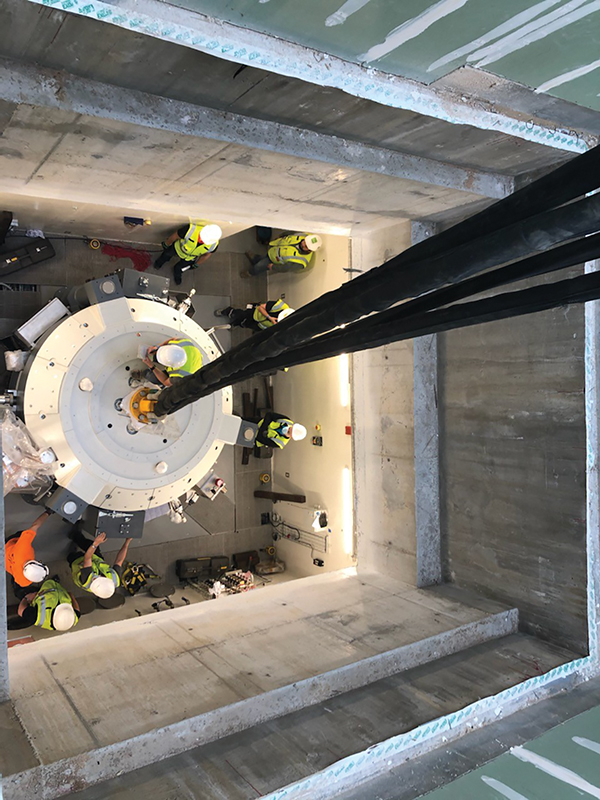
Chen notes that as a KU alumnus, he is particularly proud to have been chosen to help lead KU’s efforts to offer proton therapy, which, along with serving patients with the latest and greatest in cancer treatments, will also help attract talented doctors and staff from leading health centers across the country.
“I would say this project of deciding to bring proton therapy to this region and to KU has been ongoing for probably over 10 years,” Chen says. “It’s a very expensive piece of equipment and it took a lot of dedication from KU Health System to be able to come up with the resources to be able to bring that here. And, once the decision was made, we had to build a building and wait for the equipment. Now it’s all in place, and that’s incredibly exciting.”
RELATED ARTICLES
/

